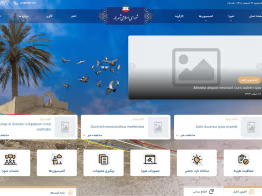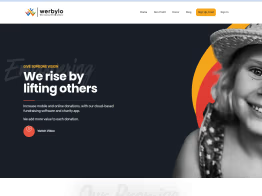FullStack developer & DevOPs
Starting at
$
4,500
About this service
Summary
What's included
Project plan and timeline
A detailed project plan that outlines the scope of work, timeline, and milestones
User interface design
A user interface design that meets the client's requirements and specifications. This may include wireframes, mockups, and prototypes.
Front-end development
A functional and responsive front-end that displays the user interface, built using HTML, CSS, and JavaScript.
Back-end development
A server-side application that processes requests from the front-end, handles business logic, and interacts with databases.
APIs
Application Programming Interfaces (APIs) that enable communication between the front-end and back-end of the application.
Testing and debugging
A fully tested and debugged application that is free of errors and bugs.
Deployment and maintenance
A deployed and operational application on the client's server, with ongoing maintenance and support from the full-stack developer as needed.
Documentation
Documentation that outlines how the application works and how to use it, including user manuals and technical specifications.
Example projects
Skills and tools
Project Manager
DevOps Engineer
Fullstack Engineer

AWS

Docker

Kubernetes

PHP

Python



